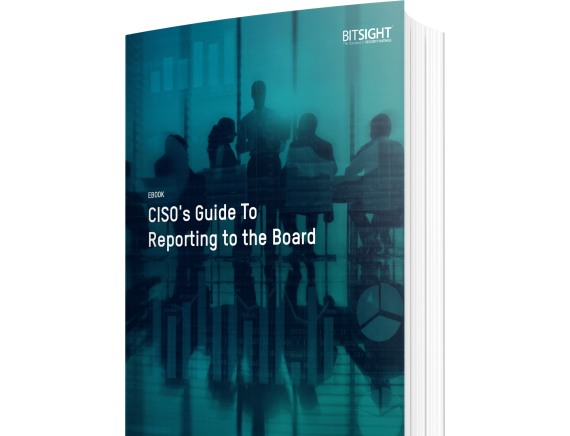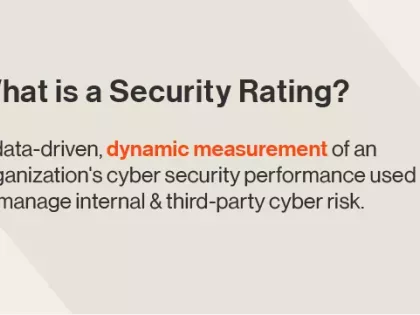Learn how to revolutionize the reporting process at every level of your organization.
Do's & Don'ts for Security Professionals Presenting to Executives
Tags:

Cybersecurity is a growing topic of discussion in Board meetings everywhere, and more and more security professionals are being asked to present on it in high level meetings. Company leadership is busy, so it’s your responsibility to present a case to them that’s ready for review. We reached out to some security executives and CIOs and asked them for tips on what common mistakes to avoid when presenting your case to executives or the Board.
“It is all about communication; more importantly, targeted communication.”
One of the worst mistakes you can make when presenting cybersecurity to senior executives is failing to contextualize the information you’ve gathered. Raw data might be essential when you’re performing vendor evaluations, but it has no place in your pitch to company leadership.
When it’s time to make your case, you should surface only the pertinent facts — If senior executives want to see all the data, they’ll ask for it to go over on their own time. One way to incorporate a powerful quantitative element into your presentation is to use security ratings to help contextualize the risk associated with your suggestions.
Make sure your presentation itself is strong. That means it’s organized, proofread, and rehearsed. Make sure you’ve got answers for some expected questions ready to go. An idea is only as good as your ability to communicate it — so don’t shoot yourself in the foot.
“Know your audience. Each business unit that is represented at the table has things that are important to them.”
Senior executives can agree on a lot of things, but how resources should be allocated between their departments might not be one of them. Everyone wants to improve the bottom line, but they might disagree on how to get there. The CFO may be interested in driving organic growth and the COO may be interested in improving efficiency targets — both admirable goals, but when everyone is competing for the same resources to make those goals a reality, things can get a little tricky.
Don’t assume everyone you’re presenting to has the same vision for what should be done — the problem you’re trying to solve might not be a problem from where they’re sitting. You should tailor your presentation to whoever it needs to connect with, and frame the value your plan brings to the company through a lens that’s aligned with their goals. Learn how to speak the language of your audience to help them see why your idea is great.

“When you're looking to get a major project approved, you really have to go in there with allies and support.”
If you’re presenting to senior executives representing every business unit in your company, it helps to have someone on the inside. If the leader of your department is hearing about your plan for the first time along with his or her colleagues, you haven’t done your due diligence. Getting buy-in from your own team leader can help stack the deck in your favor when it’s time to present to senior executives.
It’s about more than having someone on your side in the boardroom, though — your team leadership can also help you workshop your presentation to make sure it connects. Their insights into what makes a presentation successful can help you understand exactly what to expect, and tweak your approach to fit what senior leadership expects.
“The thing that I think is destined to doom the approval of a project is if it impacts the level of service that you provide your customers in a way you haven’t accounted for.”
This one might seem pretty obvious, but it’s happened plenty of times — if your plan or project has unintended negative consequences on operations beyond the scope of what you considered, it might be a hard pass for senior executives. It’s essential to thoroughly evaluate how any change may have rippling effects throughout an organization, and to be ready to answer for them during your presentation.
Even minor changes to SOP can cause majors drops in efficiency, so you have to consider your plan from every angle. Will it require additional time to complete routine tasks? Additional staff to implement? These are all considerations that have to be accounted for before you’re ready to present your idea.

The CISO's Guide To Reporting To The Board
Free eBook
In this guide, we’ll arm you with information to help you before, during, and after your next board presentation.


